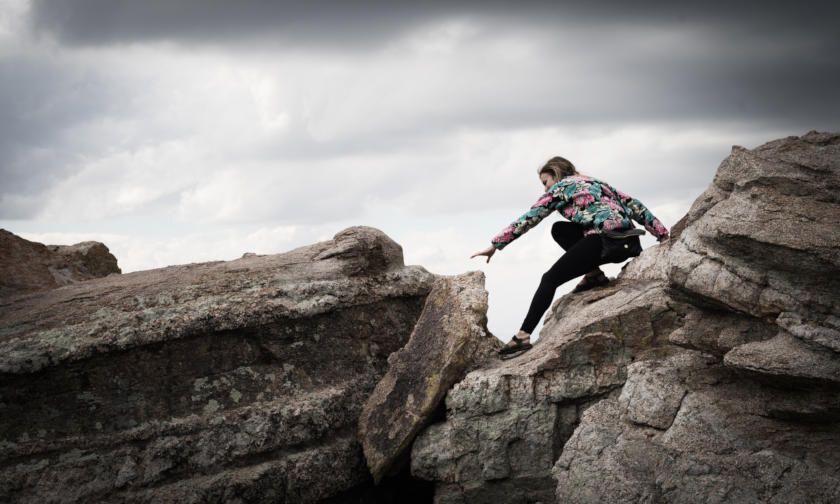‘Generic risk assessments’ (GRAs) let the reader know the risks to be aware of and how to reduce them whilst performing a particular activity. GRAs are risk assessments, which contain information of the conditions and hazards for that particular activity.
Before carrying out an activity, two assessments will have had to be made, one for the site ( site risk assessment - SRA), and another for the particular activity (GRA). The GRA has to be used in conjunction with the SRA form, and could potentially have the same actual risks recorded. However, the overlapping risks in each documents are of equal importance.
Download our example of a Generic Risk Assessment

Completing a GRA
Significant hazards and associated risks
Examples of potential hazards, which may result in serious harm or affect several people:
- Weather
- Terrain (slipping/tripping/falling)
- Water
- Exhaustion
- Getting lost
- Absconding
- Falling tree branches/undergrowth
Other examples related to an activity:
- Fire
- Camp cooking
- Tools
- Fungi, nuts, and berries
- Carrying/lifting branches
- Blindfolds
Those who might be harmed
Persons at risk from the significant hazards identified could be either:
- All participants
- Adults/Staff
- Those concerned
- Other groups
- Pupils/young people
Control measures (CM’s):
Controls, including relevant sources of guidance. This may include:
- How to control the risk and hazard
- Good practices that control risks and hazards
- Specific CM’s not included in the GRA (e.g. briefings, qualifications/experience of supervisors)
Additional CM’s required?
If existing CM’s cannot be met or circumstances have changed.
Residual Risk Rating
Due to the CM’s is the risk or hazard now high/medium/low.
Specific Activities
If there are specific CMs for particular activities then place them in at the bottom of the GRA.